All products featured are independently chosen by us. However, SoundGuys may receive a commission on orders placed through its retail links. See our ethics statement.
Best lavalier microphones
November 28, 2024






Whether you’re recording interviews for YouTube or working on a film set, there are many situations where you might need a portable and well-hidden microphone. That’s where lavalier microphones come into play as a portable and flexible microphone design.
Lavalier microphones are easy to set up and use. You can simply clip the microphone to your subject’s shirt or tape it directly to their skin. That said, each lavalier microphone varies in its design, intended purpose, and price. That’s why we’ve rounded up the best lavalier microphones available on the market, so no matter your budget or needs, you’ll find a microphone that fits seamlessly into your workflow.
Editor’s note: this list was updated on June 19, 2024, adding new mic samples and adjusting some formatting.
Why is the DJI Mic 2 the best lavalier microphone?
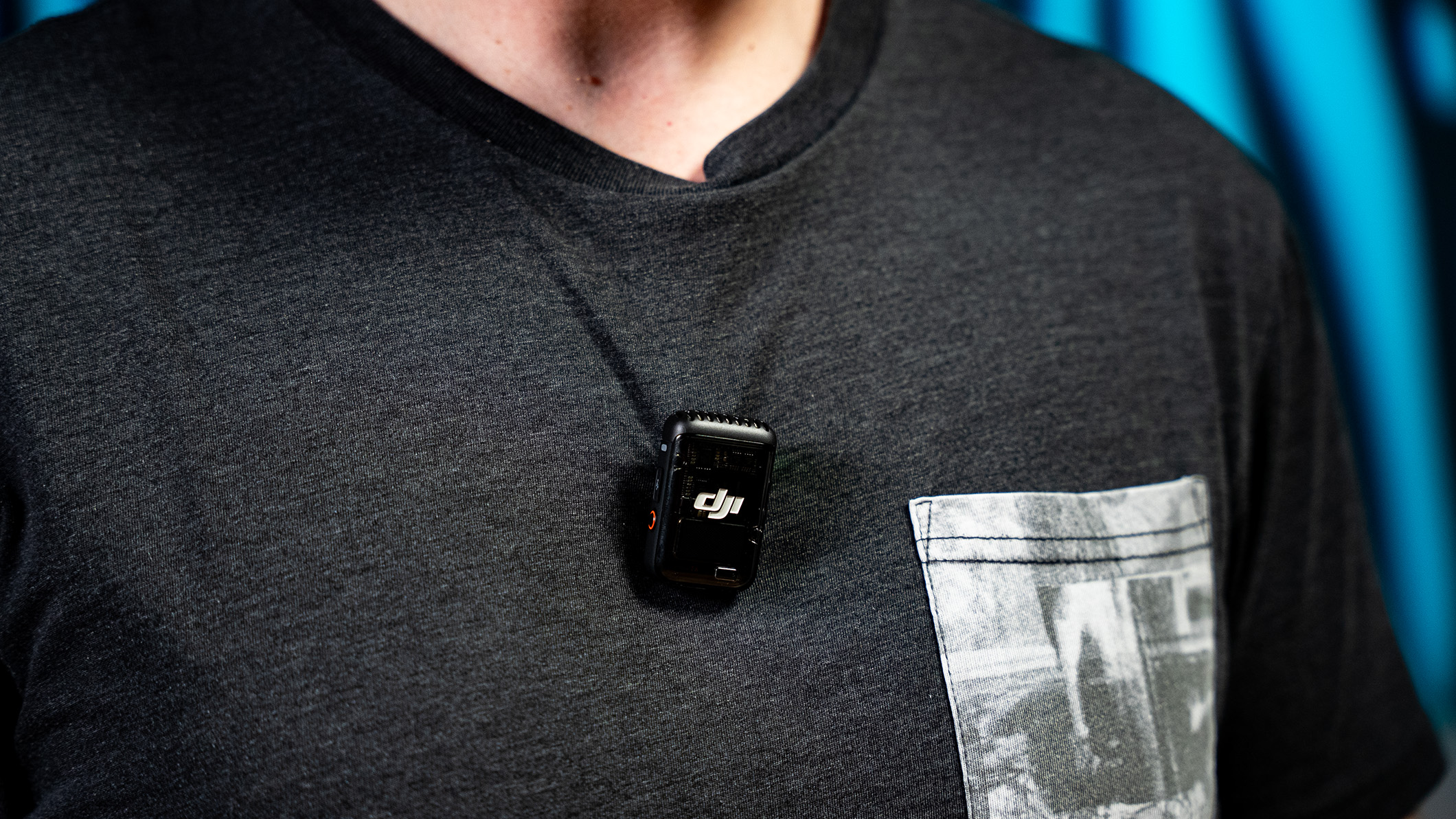
The DJI Mic 2 is a refined iteration of the first DJI Mic, making it a compelling choice for content creators of all stripes. With its enhanced functionality, including noise canceling technology and 32-bit float internal recording, it stands out in the crowded market of lavalier microphones. The larger touchscreen display paired with a physical control wheel on the receiver offers an intuitive user experience, allowing for easier adjustments on the fly. The introduction of stronger transmitter magnet designs and the capability for both mono and stereo recording across all devices amplifies its versatility, ensuring that users can capture high-quality audio in various settings.
The updated charging case with a locking push button latch enhances security and portability, and the reconfigured transmitter layout prevents accidental button presses. The DJI Mic 2’s ability to seamlessly integrate with various devices, including Lightning and USB-C adaptors, alongside its improved noise canceling performance, solidifies its position as a top-tier lavalier microphone for YouTubers, streamers, and content creators aiming for professional-grade audio recordings.

How does the microphone sound to you?
The Rode Wireless Pro is a complete package
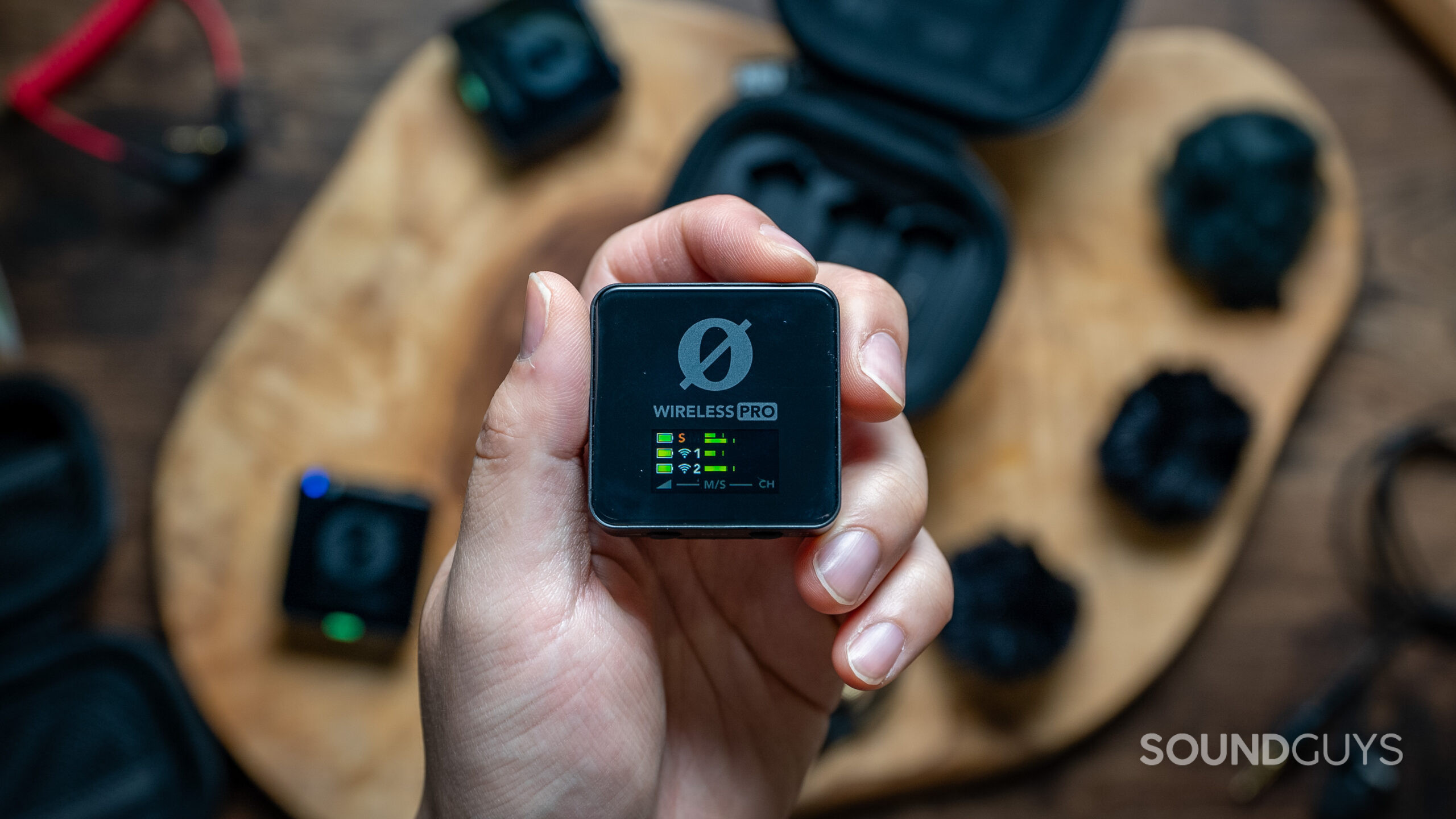
A more expensive unit with a similar design to the DJI Mic 2, the Rode Wireless Pro $499 at Amazon, is another option for those considering a dual-transmitter wireless audio system. You get a charging case, magnetic transmitter attachments, and universal compatibility, but the Rode Wireless Pro offers “Intelligent GainAssist.” When enabled, it will automatically adjust your levels on the fly. Each transmitter also comes with 32GB of internal storage, 4x the amount provided on the DJI MIC 2. The Wireless Pro also has two locking Lavalier mic adaptors for additional flexibility when wiring up your guests.
We are in the process of testing the Rode Wireless Pro, and our team members have used it for a few tradeshows so far, which makes it an easy recommendation. Stay tuned for our full review coming soon.
How does the microphone sound to you?
The Wireless PRO delivers excellent audio in a controlled studio setting. Outdoors, the Lavalier mic captures slightly more bass and less treble, along with ambient noise from vehicles and nearby parks. Without noise cancellation, consider your surroundings before recording. In our distance test, the windscreen couldn’t eliminate wind noise while moving, and transmission interruptions occurred. Engaging internal recording is essential for interruption-free audio at significant distances from the camera, particularly in city environments.
The Sennheiser XS Lav USB-C is the best for beginners
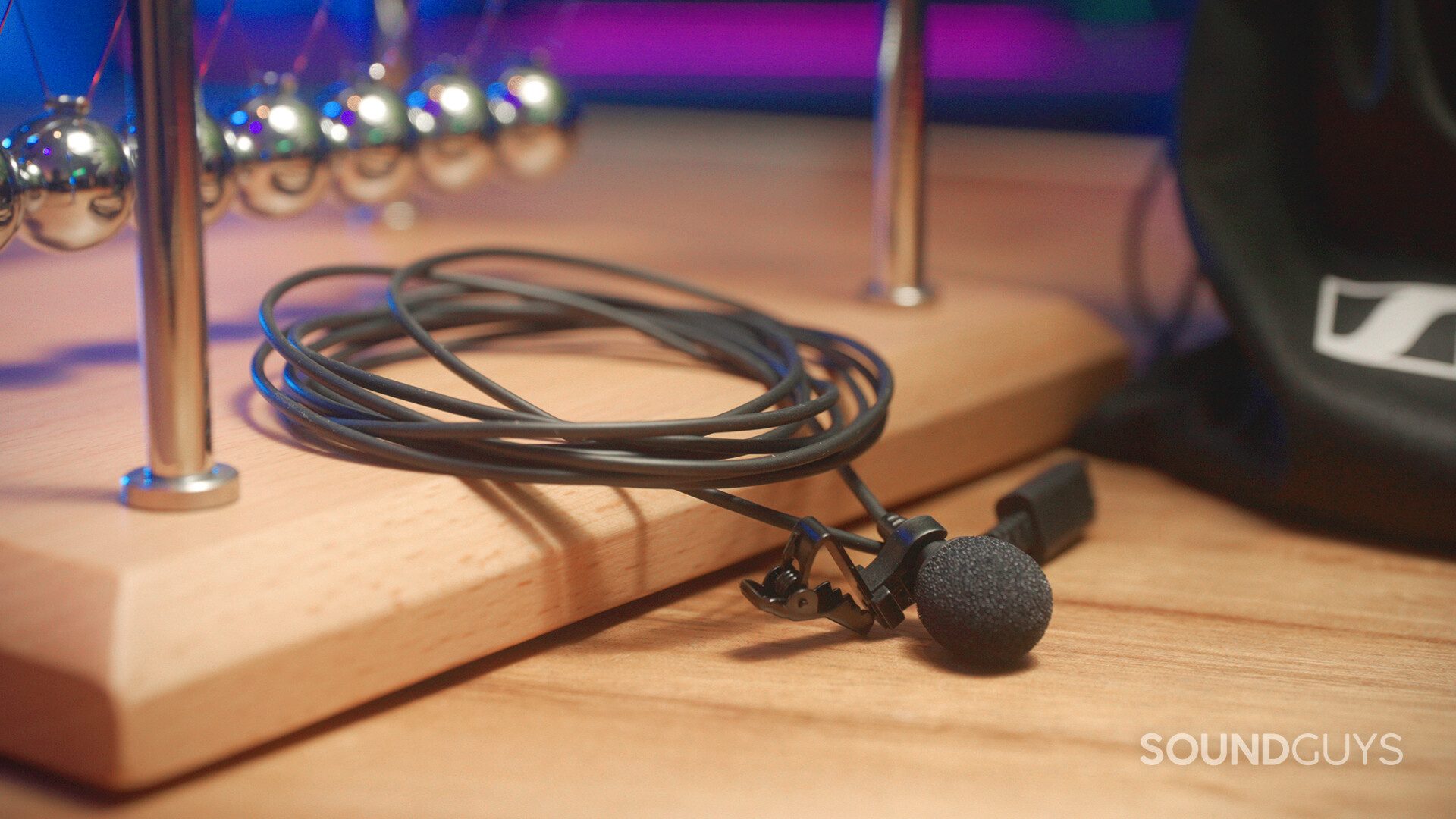
For those seeking their first lavalier microphone, your search should start with the Sennheiser XS Lav USB-C. As a relatively cheap option, this microphone is great for YouTubers, low-budget filmmakers, and other content creators searching for a plug-and-play option. In our review, we loved how simple it was to connect the XS Lav USB-C to our USB-C devices. This works with Android, Windows, macOS, or iPadOS devices. Once you choose your device, you’re ready to start creating.
In the box, you get everything you need to start recording on the go, including the microphone, a foam windscreen, a microphone clip, and a carrying pouch. The package feels sturdy and comparable to Sennheiser’s much more expensive lavalier microphone offerings.
If you don’t own a USB-C compatible device, the Sennheiser XS Lav is also available with a more traditional 3.5mm TRRS connector. iPhone users can grab this version of the lavalier microphone and use it alongside a 3.5mm Lightning connector.
Given its price, the omnidirectional polar pattern is forgiving about placement. We were impressed with the microphone’s sound quality, too. That said, professionals may want to consider some of the more premium options on our list.


In our microphone demos below, the speaker’s voice comes through clearly, even with a fan in the background. Take a listen to our samples below and vote to share your thoughts.
Sennheiser XS Lav USB-C microphone sample:
Sennheiser XS Lav USB-C microphone sample with a fan:
How does this microphone sound to you?
Best ease of use: Rode SmartLav+

It’s rare to find any microphone best list that doesn’t feature at least one Rode microphone. The Australian manufacturer is well renowned for its microphone quality and value, and the Rode SmartLav+ is no exception.
This reasonably priced lavalier is extremely portable due to its simple integration with any smartphone or mobile device. After connecting the 3.5mm jack to your device, you can use the Rode SmartLav+ with any audio recording app, including the Rode Reporter app. This companion app provides a waveform display with an input meter and options for standard or data-compressed recording with variable bit rates.
The microphone has an omnidirectional condenser capsule. The cable is Kevlar-reinforced, and you also get a pop filter for clear speech. However, the included cable is only 1.2m long, so you’ll have to stay close to whatever device you are recording to.
Best for casual content creators: The DJI Mic Mini
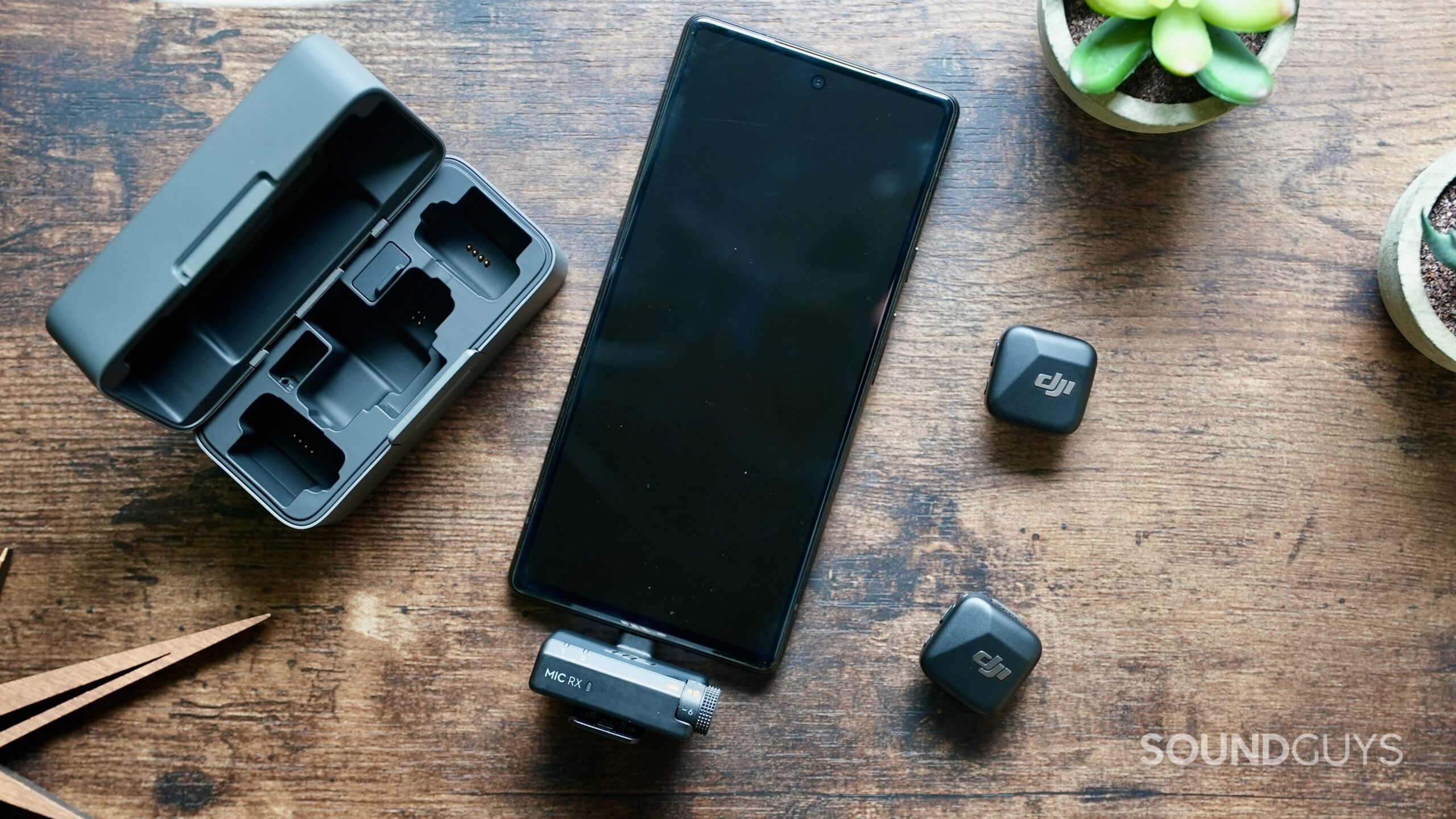
If you’re more of a casual content creator but have some flexibility in your budget, consider the DJI Mic Mini. Essentially a stripped-down version of the DJI Mic 2, it offers a similar, dual-transmitter, all-in-one charging case design with universal compatibility.
While you don’t get some of the same safety features like onboard or 32-bit float recording, the Mic Mini is easy to use and provides a quality recording of your voice for your content, whether you’re a YouTuber, streamer, or vlogger. The transmitters are discreet and offer Bluetooth for a direct connection to your phone, or you can use the receiver via USB-C. If you’re using a camera, it also offers a 3.5mm wired connection.
It’s more of an initial investment, but the DJI Mic Mini will last you well into your career, even if you upgrade devices or cameras. It even offers noise canceling if you’re making content while out and about, and thanks to its dual transmitter design, it can handle an interview with a guest.

How does the microphone sound to you?
Best budget lavalier: Sony ECM-LV1

The Sony ECM-LV1 is an affordable, lavalier microphone for vlogging, interviews, and more. We like that Sony provides a windscreen here, along with a 360-degree clip to attach the mic anywhere.
The ECM-LV1 houses two omnidirectional mic capsules for stereo recording. Like the Rode SmartLav+, this mic is a plug-and-record product — no batteries required. The 50Hz-15kHz frequency response will pick up all critical frequencies.
The audio quality isn’t the best, but that’s to be expected, given the price. If you’re recording from a quiet environment, the speaker’s voice will sound clear. However, if you’re recording from a cafe or on the street, you may not be delighted with the sound quality. If you’re open to working within the ECM-LV1’s limitations, you’ll enjoy this cheap, lavalier mic.
Best unobtrusive design: Countryman B6
At only one-tenth of an inch in diameter, Countryman claims the B6 is the smallest lavalier microphone in the world. With swappable caps, you get various color options, waterproofing, and sound, all from the same microphone.
In addition, the microphone cable features swappable connectors. With the ability to quickly switch from XLR to 3.5mm to 3 or 4-pin connectors, this lavalier microphone works with pretty much any recording setup you have.
There are also tons of aesthetic customization options with this lavalier. The B6 is available in five different color options to match skin, hair, or clothes. You can also easily color the white caps with a felt-tip marker to completely conceal the microphone on your subject.
The condenser microphone handles levels up to 140dB(SPL) with minimal distortion. The main downside is the cost, which is more than double many of the alternatives on this list.
Is the Sennheiser ME4 a good cardioid lavalier microphone?
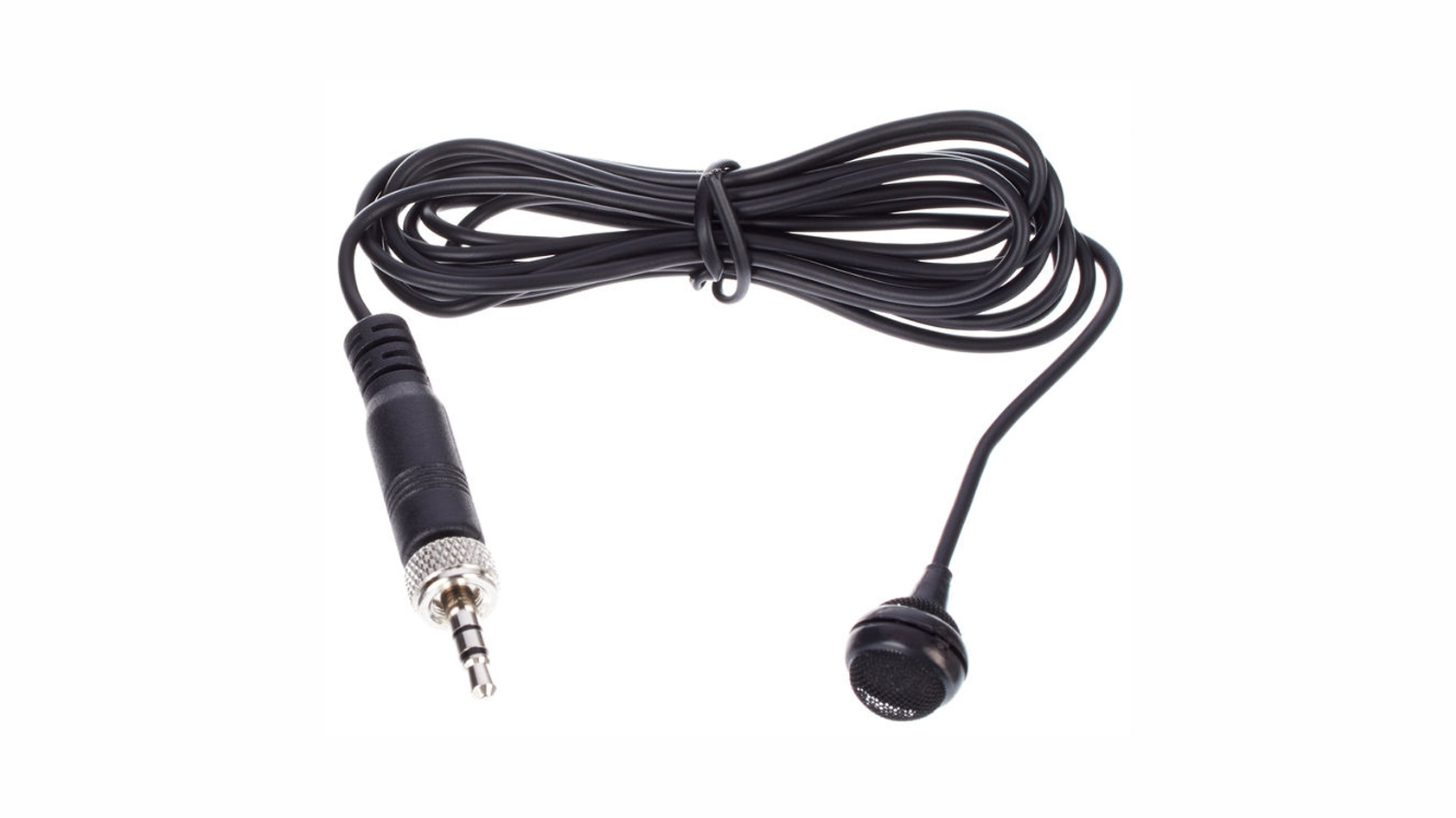
If you’re looking for a cardioid lavalier microphone, the Sennheiser ME4 is one of the best options. It’s straightforward, and it does its job well. You don’t get some of the extra features or connectivity options of the aforementioned options on our list. Still, the cardioid polar pattern will eliminate ambient noises better than the omnidirectional microphones.
The best lavalier microphones: Notable mentions
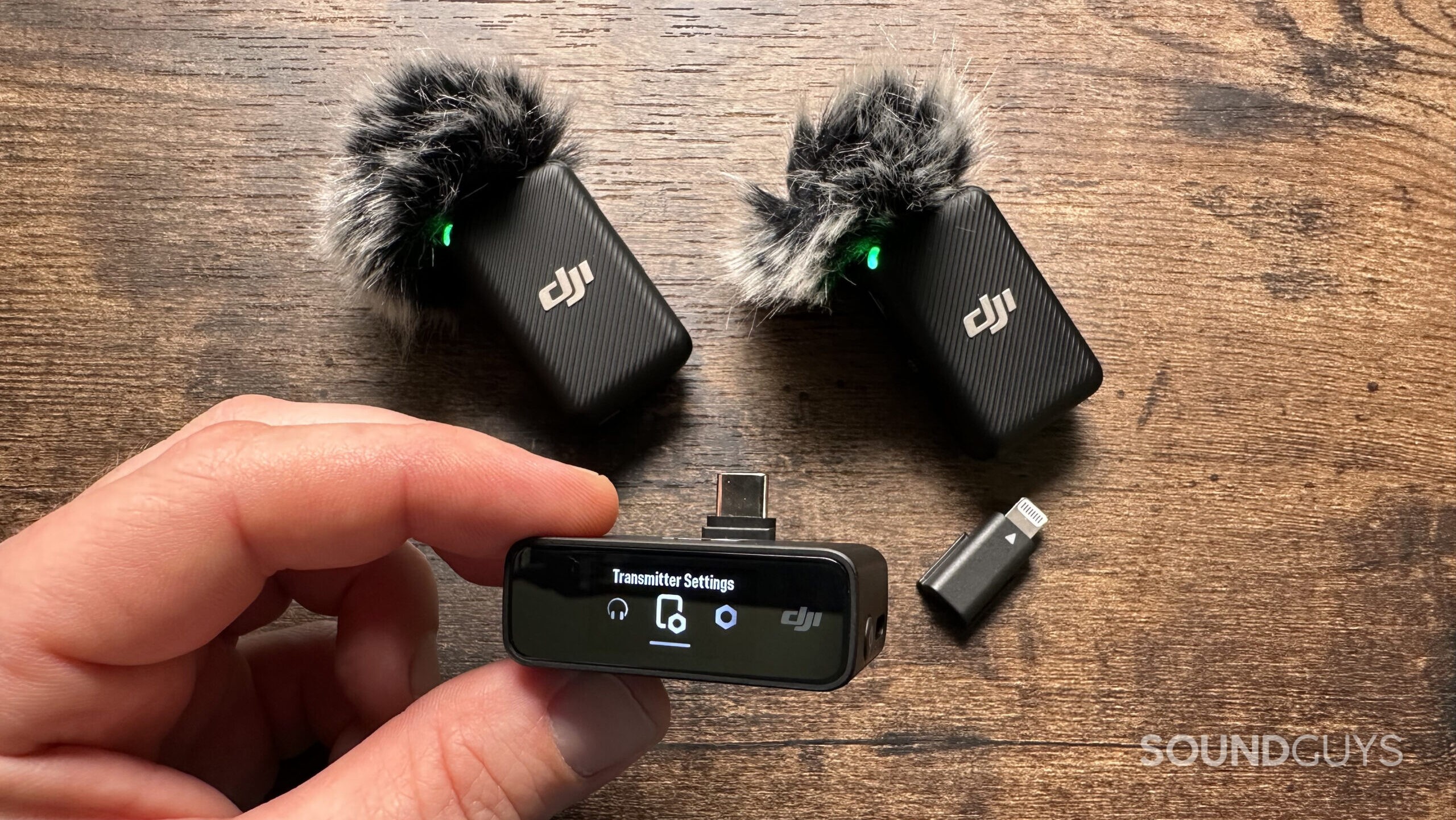
There are tons of excellent lavalier microphones, but this article would go on forever if we tried to cover them all. We’ll keep this section updated with all the lavs that might be worth considering:
- Audio-Technica ATR3350xiS ($29 at Amazon): This omnidirectional lavalier features a physical on/off switch on the cable. It also has an in-line battery pack to power the condenser microphone.
- Audio-Technica PRO 70 ($149 at Amazon): If you’re interested in recording an instrument rather than a person, this is the cardioid lavalier to get. It includes an instrument adapter for recording acoustic guitar and a low-frequency roll-off.
- Boya M1 ($14 at Amazon): If you want an ultra-cheap lav, the Boya M1 is a great value. It might not sound as good as the other options on our list, but it comes with a super long cable and all the accessories you need to start recording from your mobile device.
- Sennheiser MKE 40 ($14 at Amazon): One of the best cardioid lavalier microphone options, this professional lavalier will cost you a pretty penny. With that money, you do get a very premium experience, including a hardshell briefcase to carry the microphone and its accessories in.
- Shure WL93: Shure is a well-known brand in the microphone industry, and delivers a solid lavalier microphone with the WL93. It used a 4-pin connector, so you’ll need to connect this lavalier to a compatible transmitter pack.
- Sennheiser MKE Essential Omni ($194 at Amazon): The Sennheiser MKE Essential Omni is a streamlined version of the Sennheiser MKE 2. Despite a significantly cheaper starting price, the microphone features the KE 4 capsule derived from the standard MKE 2. The mic has a sweat-resistant membrane, so you can use it during performances or lecturers.
- Shure MVL ($69 at Amazon): This mobile lavalier microphone is great for vloggers and other creators, as it includes a windscreen, clip, and carrying pouch.
- Sony ECM-LV1 ($29 at Amazon): With two omnidirectional microphone capsules, the Sony ECM-LV1 captures stereo sound. While mono is typically fine for most vocal recordings, if you find you need a stereo recording the Sony ECM-LV1 is a great option.
- Sony ECM77B ($277 at Amazon): While expensive, this Sony lavalier promises great sound quality.
What you should know about lavalier microphones
Microphones are technical products, so before you buy your next lav, it’s best to figure out what features do and don’t matter to you.
What polar pattern should I get?
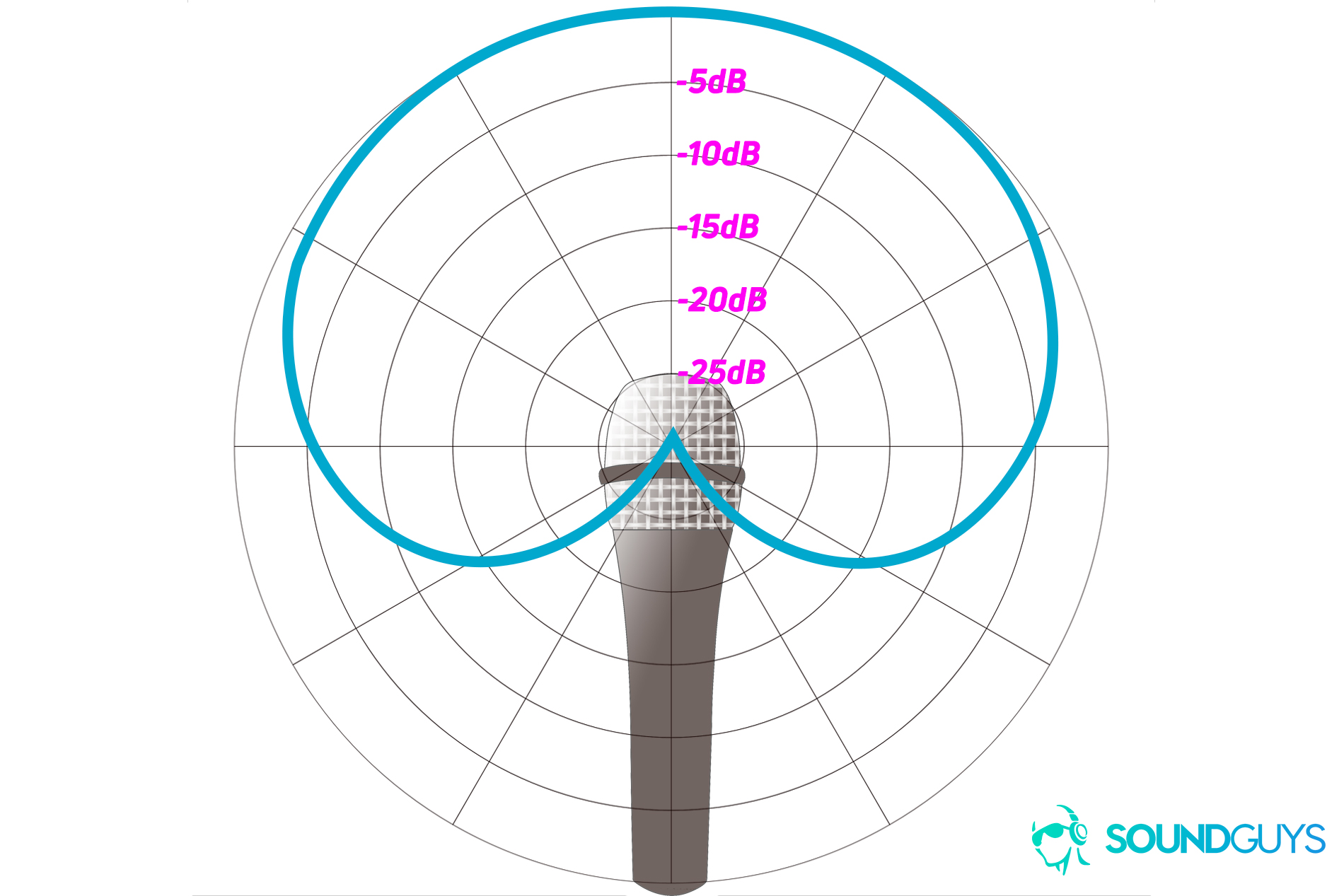
The polar pattern is an important specification of any lavalier microphone. It describes the microphone’s directionality. Depending on where you’ll be recording, you must choose either an omnidirectional or unidirectional (cardioid, hypercardioid) microphone.
An omnidirectional microphone pattern captures sound from all directions. This type of microphone picks up room ambiance, so it’s best used in a controlled studio setting. These microphones can sound a bit more natural, and they’re often easier to set up since you don’t have to worry as much about the lavalier placement.
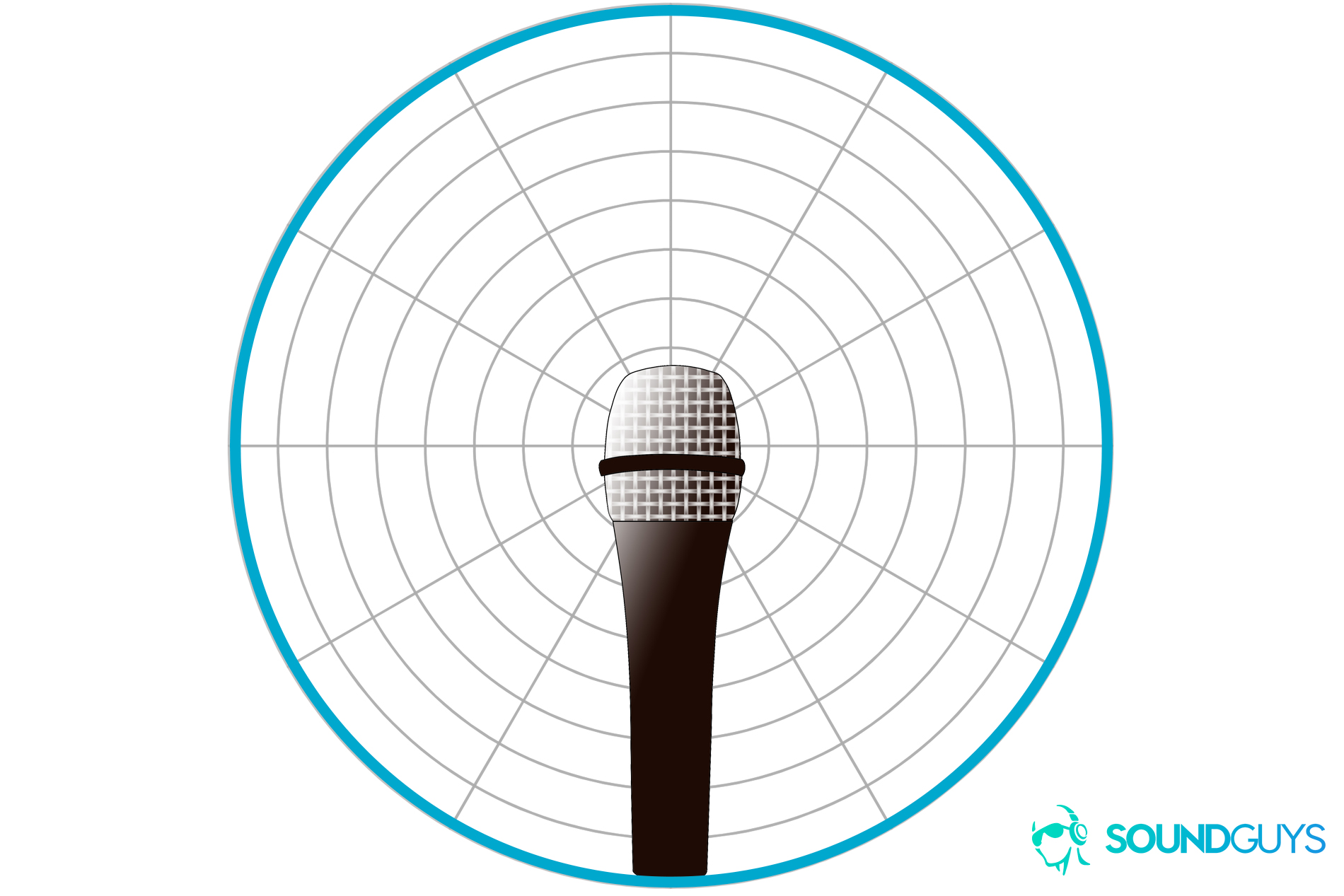
On the other hand, a cardioid microphone’s pickup pattern is heart-shaped, primarily recording sound from the front and sides of the microphone. This means the microphone is forgiving if you aim it slightly in the wrong direction as long as it generally faces the target sound source. Since this microphone pattern doesn’t pick up sound from behind the microphone, you should get less background noise in your recording.
While a cardioid microphone is helpful in outdoor environments or anywhere else your subject’s voice may compete with environmental noise, this microphone pattern also has downsides. You’ll have to consider the proximity effect, which means microphone placement needs to be strategic to get the desired sound.
Condenser vs dynamic microphones: What’s the difference
Lavalier microphones can be dynamic or condenser; some differences are worth considering. Condenser microphones are typically more sensitive and require phantom power to operate, which may drain the battery in your recording device. A dynamic microphone can often handle louder sounds without distorting as much as a condenser, so this is a better option if you plan on screaming into your microphone or if the talent you plan on capturing is very “dynamic.”
How do I choose the right connector?
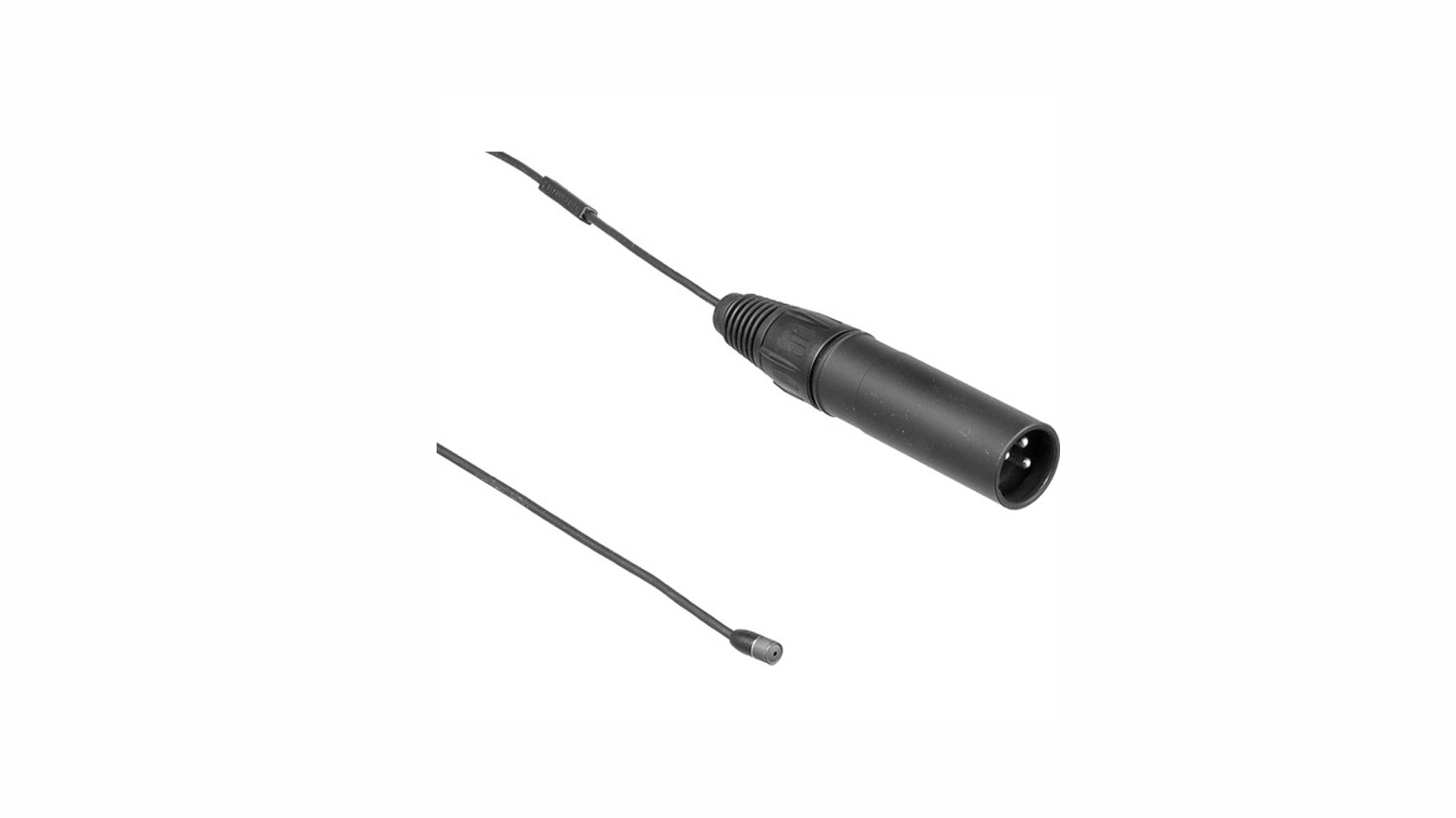
You’ll need to make sure you can actually connect the lavalier microphone to your recording setup. A wired lavalier microphone typically has a 3.5mm jack output that allows you to connect directly to your device. This setup is the cheapest and easiest to use for beginners, but it limits you due to the length of your cable.
A wireless lavalier uses a transmitter and receiver to send the audio signal from the microphone into your recording device. Often, lavalier microphones are bundled with the transmitter pack, but you can also buy each piece separately. You’ll need to make sure the connection type matches up with your transmitter, as it could be 3.5mm, USB-C, XLR, or mini-XLR.
How we test the best lavalier microphones
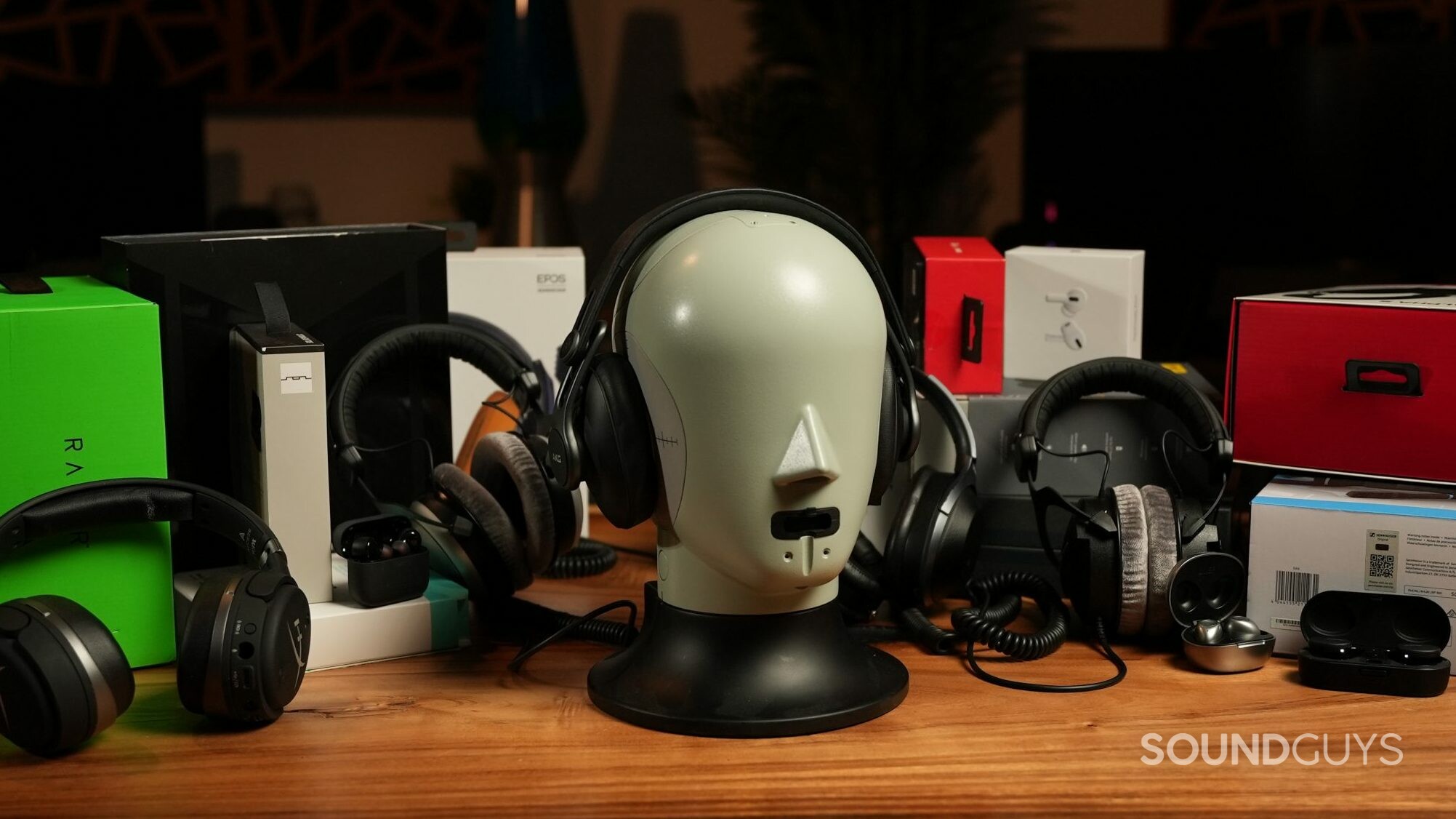
At SoundGuys, we perform objective tests to measure things like frequency response, isolation, microphone quality, and more. We use a standardized setup to test the microphone quality of products with pre-recorded phrases from a calibrated artificial mouth in our test chamber. This allows us to present standardized microphone samples to you so you can judge the quality of various products and compare them across the board. After we collect all of this data, we then score each product through a variety of objective and subjective measures.
How we choose the best lavalier microphones
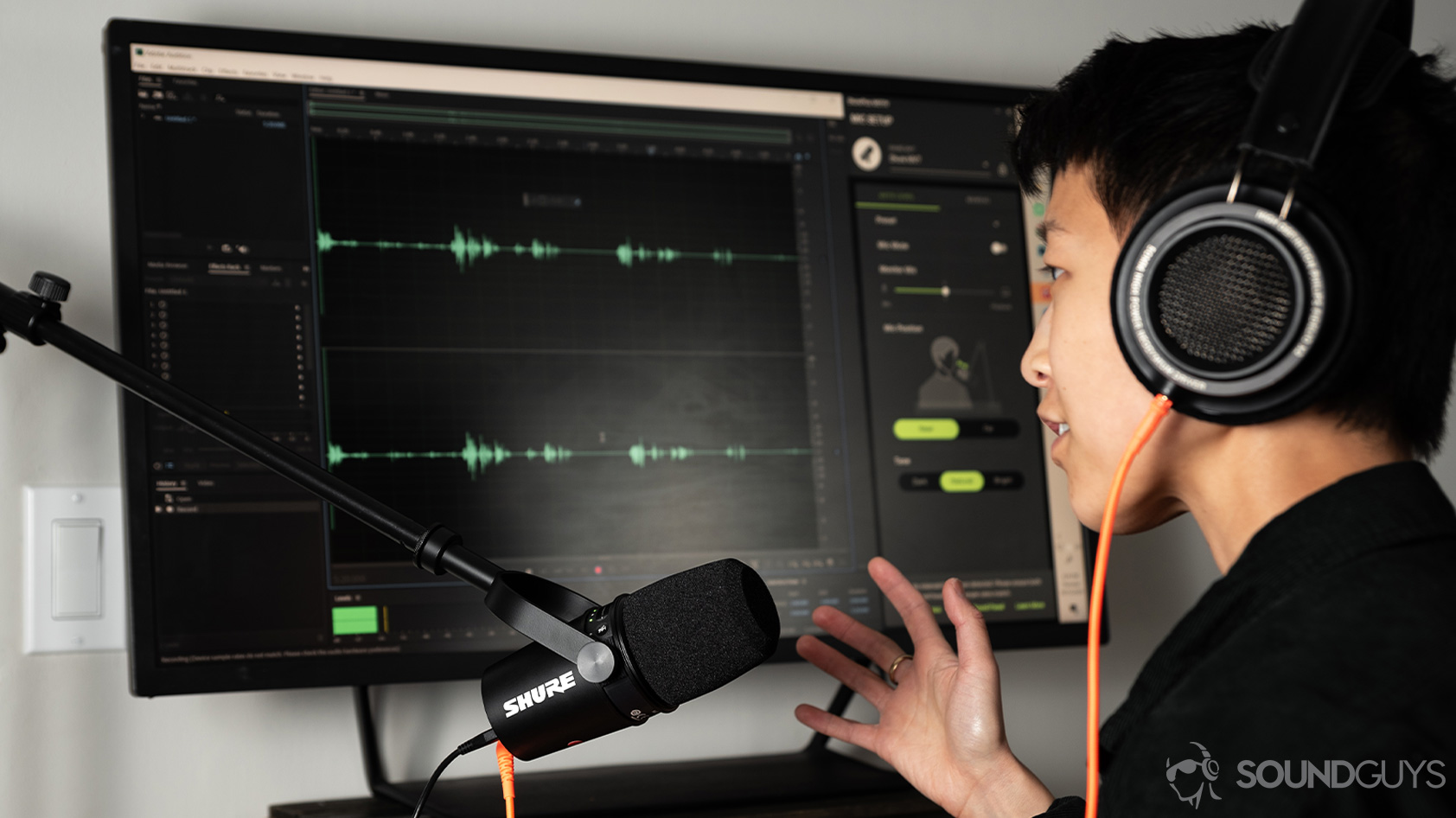
Our team confers with one another regarding the best products for a given category, and we present our list to you. It’s not over after we hit “publish,” though. We treat every article as a living document we update as new and worthy products emerge. We will continuously update this list as new lavalier microphones are released and as we put more microphones through our comprehensive testing process.
Why you should trust SoundGuys
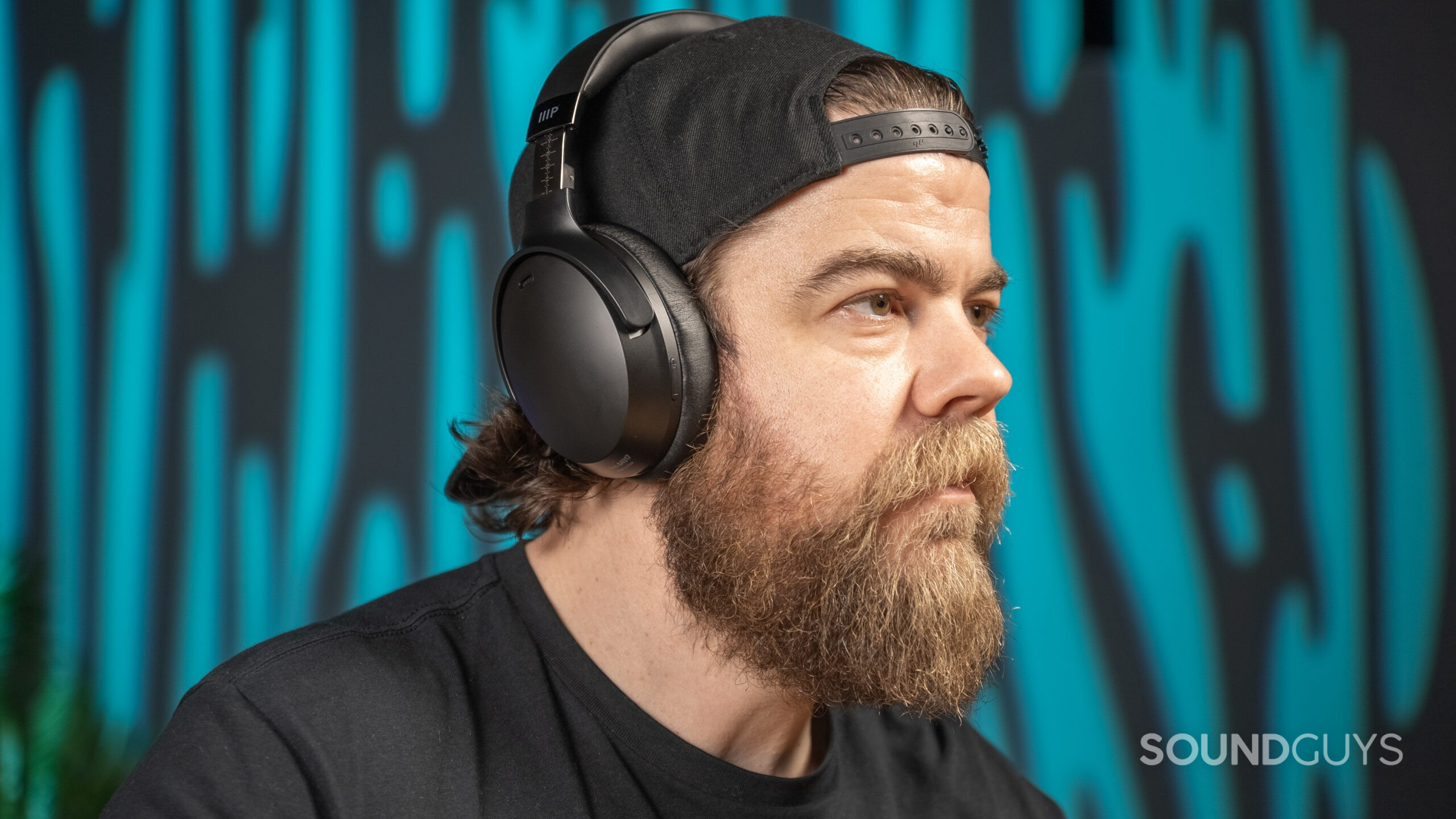
Each writer at SoundGuys has accumulated years of experience reporting on the consumer audio market, and our staff adheres to a strict ethics policy. We don’t produce sponsored content on the website at a time when doing so is the norm. SoundGuys’ survival depends solely on readers enjoying their purchases. We pride ourselves on transparently outlining objective facts while accounting for the subjective experience to contextualize an audio product’s performance. When we do misspeak, we correct and own up to it.
Frequently asked questions about the best lavalier microphones
Most lavalier microphones come with a clip to secure the microphone to either a tie or shirt. You can also tape the cable directly to your skin or clothing. You’ll want to prevent the cable from moving around as much as possible while recording. To prevent added noise from the cable tugging, try taping the microphone to multiple spots on your subject or looping the cable into a knot by the microphone.
Most cameras have a 3.5mm input. If you buy a lavalier microphone with a 3.5mm connector, you can then plug the lavalier cable directly into the camera. You can also use a transmitter and receiver to send audio from your microphone to your camera wirelessly.
Unless you need to hide the microphone, a lavalier microphone isn’t your best option while gaming. Check out our full guide of the best gaming microphones to see what you should get instead.
A lavalier and a lapel microphone essentially refer to the same type of microphone. These are small, discreet microphones typically clipped to the clothing near the speaker’s mouth. The terms “lavalier” and “lapel” are often used interchangeably. However, “lavalier” can sometimes refer to more types of body-worn mics, including those used over the ear or on the hairline.
- Boom Mics: These are directional microphones typically mounted on a boom pole and positioned just out of the camera frame. They can capture more natural sound and greater audio depth. Boom mics are ideal for film and TV production, where capturing ambient sound and dialogue with higher fidelity is crucial.
- Lavalier Mics: These are more discreet and are better for situations where the microphone needs to be invisible, such as in interviews or stage performances. They offer more mobility to the wearer but might pick up more clothing rustle.
The optimal distance for a lavalier microphone from the mouth is typically about 6 to 10 inches (15 to 25 centimeters). This distance helps in capturing clear and natural-sounding audio while minimizing issues like plosives (hard ‘p’ and ‘b’ sounds) and breath noise. It’s also a good range to reduce the impact of ambient noise.